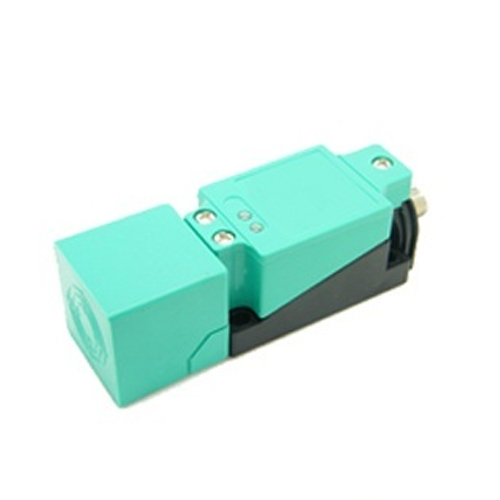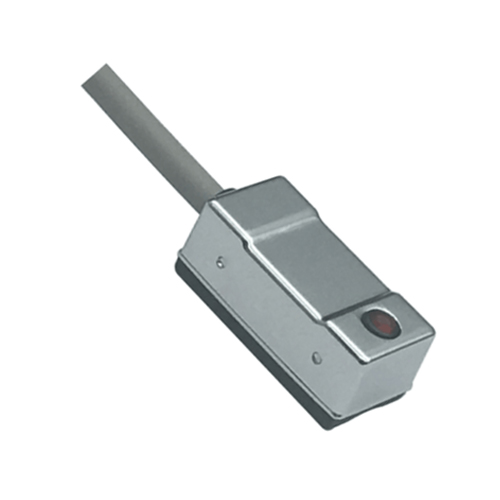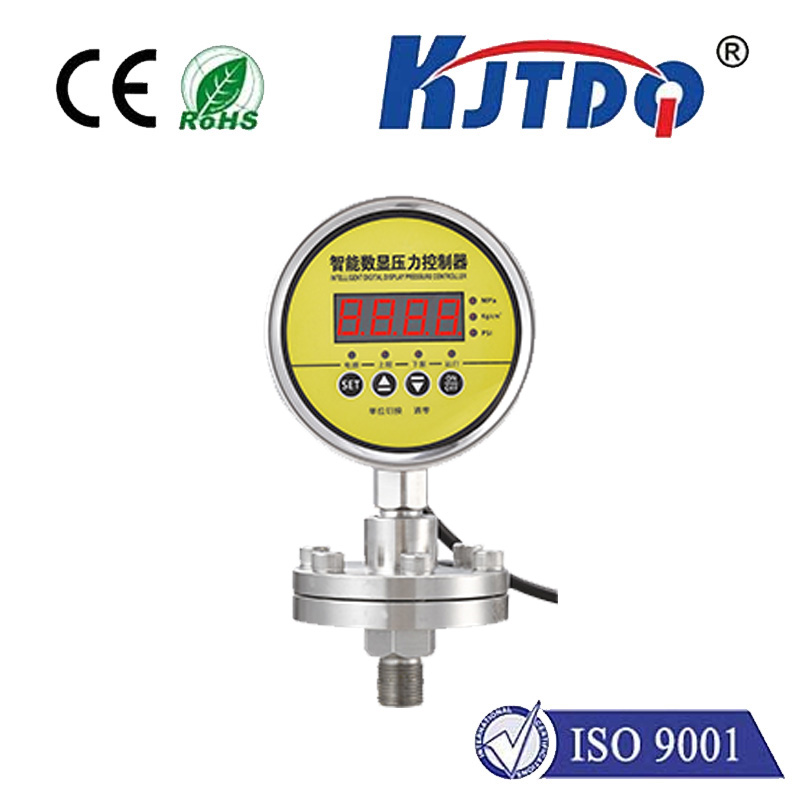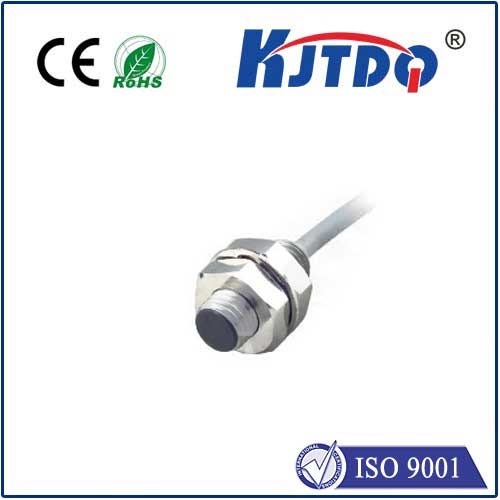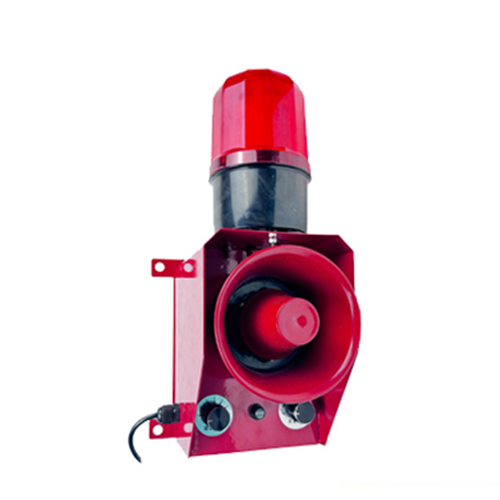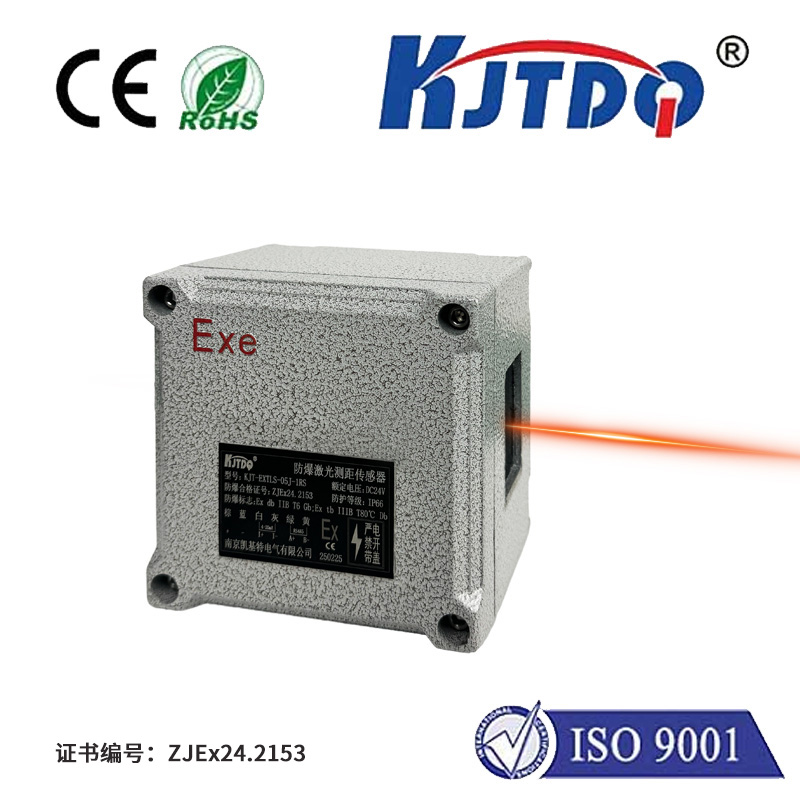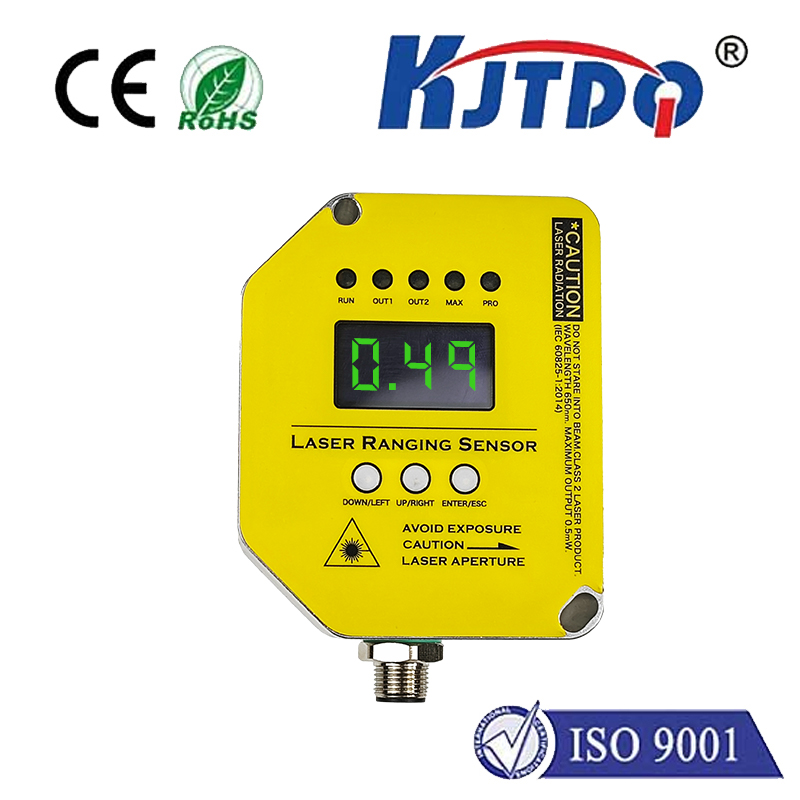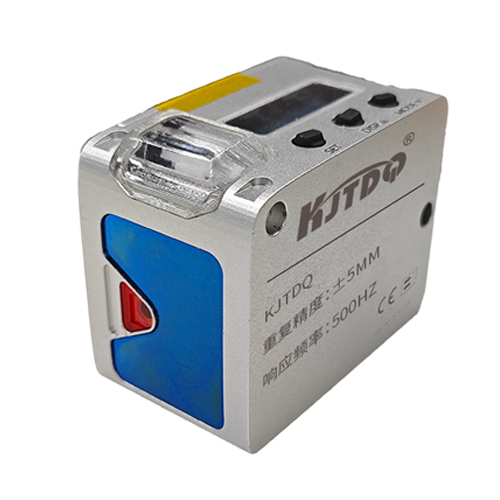heavy duty fiber optic sensor
- time:2025-08-14 15:20:15
- Нажмите:0
Heavy Duty Fiber Optic Sensors: Industrial Resilience Redefined
Imagine a technology combining the precision and immunity of fiber optics with the ruggedness to thrive inside a roaring jet engine, deep within a mining operation, or submerged in corrosive chemicals. This isn’t science fiction; it’s the reality of heavy duty fiber optic sensors. These specialized devices are engineered to deliver exceptional performance where standard sensors fail, making them indispensable for demanding industrial, military, and infrastructure applications. Their unique ability to withstand extreme conditions while providing critical data redefines reliability in environments where failure is not an option.
What Truly Defines “Heavy Duty”?
Not all fiber optic sensors are created equal. Standard units excel in controlled environments, but harsh realities demand more. A heavy duty fiber optic sensor distinguishes itself through deliberate design enhancements focused on robustness and longevity:
- Armored & Reinforced Cabling: Moving far beyond simple polymer jackets, these sensors employ stainless steel braiding, Kevlar® reinforcement, or robust armored conduits. This protects the delicate fiber core from crushing forces, abrasion, rodent damage during installation, and constant mechanical stress.
- Industrial-Grade Connectors: Flimsy plastic connectors are replaced with ruggedized, sealed connectors (often metal-bodied IP67/IP68 rated). These ensure reliable mating cycles, resist vibration, and prevent ingress of moisture, dust, or chemicals that could compromise the optical signal.
- High-Temperature Resilience: Specialized coatings, cables, and assembly techniques allow operation far beyond standard limits. This capability is critical in foundries, power generation turbines, aerospace propulsion systems, or deep-well drilling where ambient temperatures soar.
- Chemical & Corrosion Resistance: Jackets and components are selected from materials inherently resistant to oils, fuels, solvents, acids, alkalis, and salt spray. This ensures performance integrity in chemical plants, offshore platforms, and aggressive manufacturing processes.
- EMI/RFI Immunity: A core, inherent advantage of fiber optics is complete immunity to electromagnetic interference (EMI) and radio frequency interference (RFI). This makes heavy duty fiber optic sensors uniquely suited for environments near high-voltage equipment, powerful motors, or welding operations where traditional electronic sensors produce erratic readings or fail.
Core Advantages Driving Adoption

The investment in a rugged fiber optic sensor translates into tangible operational benefits:
- Unmatched Durability & Longevity: Their robust construction significantly withstands physical abuse and environmental extremes, reducing replacement frequency and minimizing costly downtime due to sensor failure. This translates directly into lower total cost of ownership.
- Reliability in Critical Applications: Immunity to EMI/RFI and resistance to environmental factors ensure consistent, accurate readings are delivered even in the most electrically noisy and physically challenging locations. This reliability is paramount for safety systems and process control.
- Intrinsic Safety: Fiber optics transmit data using light, not electricity. This eliminates the risk of sparking, making explosion-proof fiber optic sensors ideal for hazardous areas (ATEX, IECEx zones) like oil refineries, grain silos, or mining operations where combustible gases, vapors, or dusts are present.
- Long-Distance Sensing: Fiber optic technology allows sensing points to be located kilometers away from the monitoring electronics without signal degradation, ideal for monitoring pipelines, perimeter security, or large structural health applications.
- Multiplexing Capabilities: Multiple sensing points can often be integrated along a single fiber line, simplifying installation and reducing overall system cost compared to running numerous individual sensor cables.
Key Applications Demanding Heavy Duty Capabilities
The unique strengths of industrial fiber optic sensors make them the preferred choice across numerous demanding sectors:
- Energy Production & Distribution: Monitoring vibration, temperature, and strain inside high-voltage transformers, generators, turbines, and along power transmission lines. Their EMI immunity is essential here. Subsea monitoring for oil & gas also heavily relies on their pressure and corrosion resilience.
- Industrial Manufacturing & Process Control: Precise temperature monitoring in furnaces, kilns, and reactors; vibration analysis on heavy machinery like crushers, mills, and presses; liquid level detection in corrosive tanks; structural health monitoring of large facilities. The ability to survive harsh factory floors is critical.
- Transportation Infrastructure: Structural health monitoring sensors embedded in bridges, tunnels, dams, and railways to detect strain, cracks, and settlement over decades. Their long-term stability and resistance to environmental exposure (moisture, salt, temperature swings) are vital.
- Воздушно - космические и Оборона: Monitoring engine health parameters (temperature, vibration under extreme conditions), aircraft structural integrity, vehicle health in militarily rugged environments, and perimeter/intrusion detection systems requiring high reliability and security.
- Mining & Heavy Machinery: Vibration monitoring on massive excavators, crushers, and conveyors; temperature sensing in harsh underground environments; structural integrity checks on equipment subject to intense mechanical loads. Their abrasion resistance is key.
- Hazardous Environments: Where intrinsic safety is non-negotiable, these sensors provide critical process monitoring and safety interlocks in chemical plants, pharmaceutical production (clean rooms), and explosive atmospheres without risk.
Selecting the Right Heavy Duty Sensor
Choosing the appropriate heavy duty sensor requires careful consideration:
- Identify the Primary Threat: Is mechanical abuse (crushing, abrasion) the main concern? Chemical exposure? Extreme temperatures? EMI? Intrinsic safety requirements? Pinpointing the dominant environmental stressor is step one.
- Define the Measurement: Precisely what needs sensing? Temperature (point or distributed?), strain, vibration, pressure, displacement? Different sensing principles (FBG, interferometric, distributed sensing like DTS/DAS/DSS) are suited to different parameters.
- Specify Environmental Ratings: Require specific IP (Ingress Protection) ratings for dust/water? NEMA ratings? Temperature range? Certifications for hazardous areas (ATEX, IECEx)? Chemical resistance standards?
- Consider Installation & Connectivity: Length requirements? Type of rugged connector required? Ease of cable routing and termination? Need for multiplexing?
- Reliability & Support: Assess the manufacturer’s reputation for quality, testing standards, and long-term technical support. Proven field performance in similar applications is invaluable.
Engineering Resilience for the Real World
Heavy duty fiber optic sensors represent a critical evolution in sensing technology, merging the inherent benefits of optics with ruggedized engineering. They are not merely protected; they are purpose-built to conquer the harshest environments on Earth and beyond. From ensuring the structural integrity of vital infrastructure to enabling safe and efficient operations in explosive atmospheres or deep inside complex machinery, these robust sentinels provide the reliable, interference-free data essential for modern industry. As demands for performance, safety, and efficiency in extreme conditions continue to grow, the role of the rugged fiber optic sensor becomes increasingly indispensable, solidifying its place as a cornerstone of resilient industrial monitoring and control systems.







